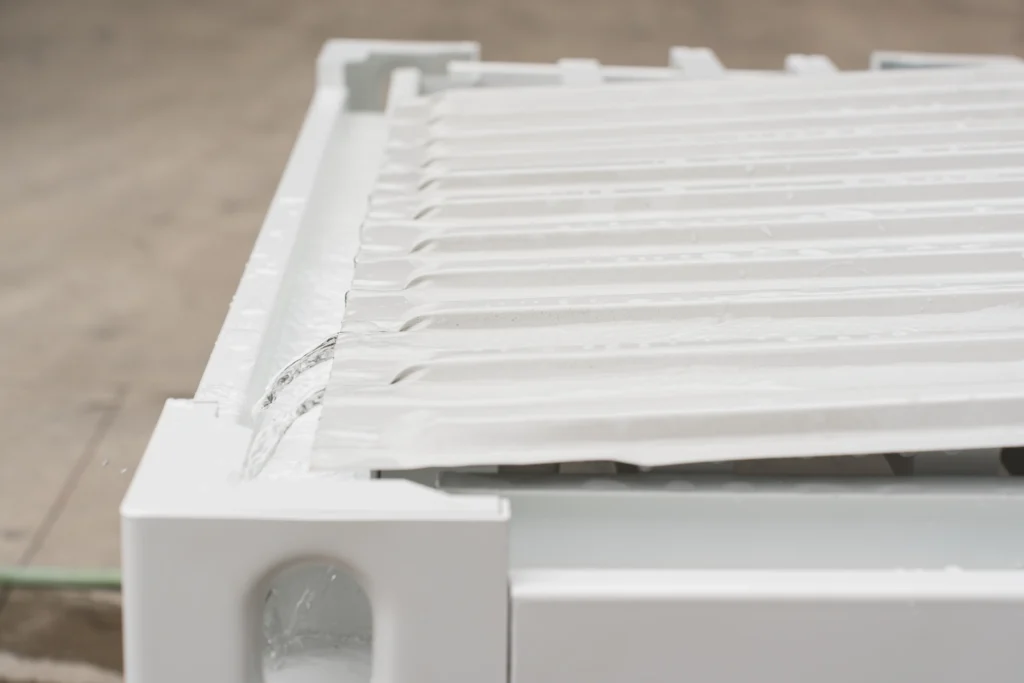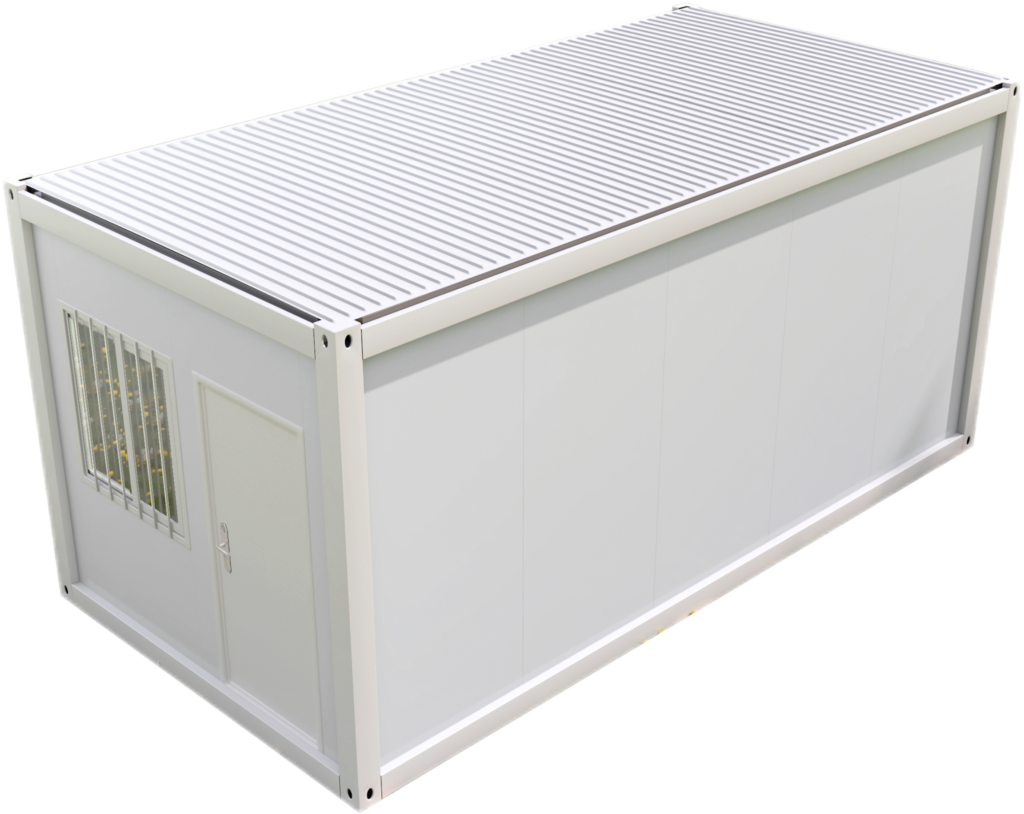Testing
Structural Integrity Test
01 - The Testing Process
Static Load Test
We simulate real-world weight conditions by strategically placing precast weight modules equivalent to the maximum occupancy load on the fully assembled frame.
Cantilevered Uplift
Controlled crane lift with calibrated ropes at designated corner points, replicating transport and installation forces.
Precise Instrumentation
Track stress, strain, and deflection across the frame and key joints in real-time.


02 - Evaluation Parameters
Load-Bearing Capacity
Quantify the maximum weight the container house can safely support, exceeding typical occupancy and environmental loads.
Structural Integrity Assessment
Ensure the frame withstands stress without deformation or damage.
Lifting & Transport Feasibility Verification
Mitigates potential risks and optimizes logistics by confirming structural integrity during relocation.
Extreme Condition Resilience
Guarantee occupant safety and structural soundness even during earthquakes or high winds.
Rooftop Load-Bearing Capacity Test
01 - The Testing Process
Loading
Controlled, stepwise loading with evenly distributed weights (e.g., precast modules) totaling 6 tons.
Inspection
Upon reaching the target load, meticulously examine the framework, joints, rooftop, and support system for any deformation or damage, assessing their severity and impact on overall structural safety.
Data Acquisition
Continuously record key parameters throughout the test, including load weight, structural deflection, location of damage (if any), and visual documentation through photographs or videos.

02 - The Advantages of The Test
More realistic load distribution
Simulates actual use cases where weight is directly applied to the roof (e.g., snow, furniture, people).
Isolated roof performance
Can pinpoint weaknesses specific to the roof structure and connections without influence from the container frame and foundation.
Allows for visual inspection
Easier to observe potential deformations or damage directly on the roof surface.
Roof Drainage Performance Test
Performance Optimization Process
Simulated Rainfall
Employ a controlled and continuous water sprinkling system on the roof, replicating realistic rainfall intensity and duration.
Flow Visualization
Monitor the water's path as it channels across the inclined roof surface and seamlessly directs towards designated drainage holes within the support pillars.
Drainage Efficiency Evaluation
Quantify the rate and completeness of water removal, ensuring no pooling or ponding occurs on the roof, exceeding industry standards for drainage performance.
Leakage Detection
Meticulously inspect the container home's interior throughout the test for any signs of water intrusion, guaranteeing the waterproof integrity of the roof and supporting structures.


